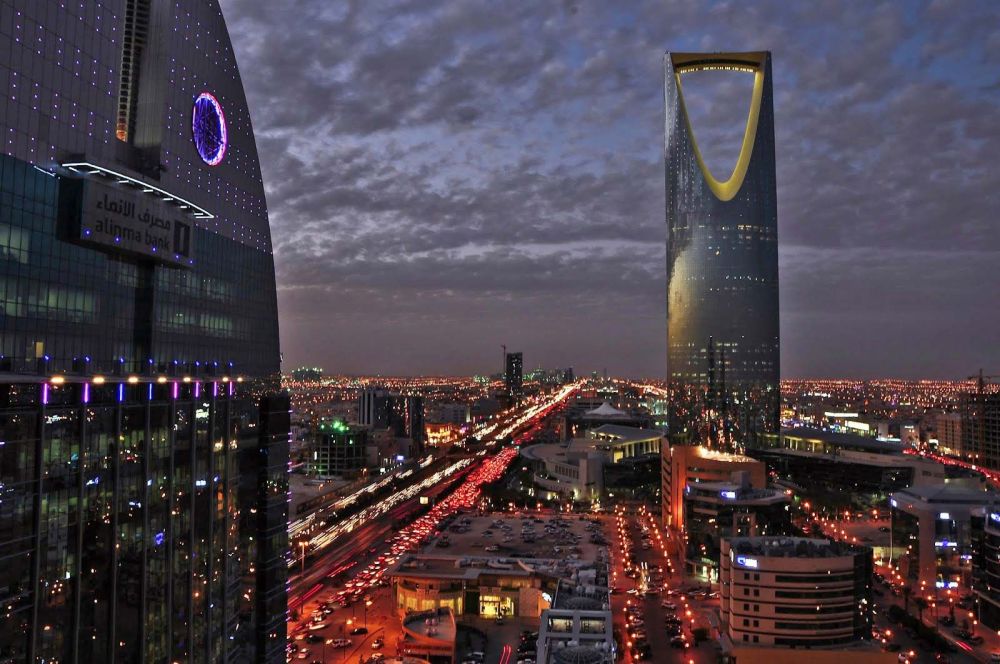

The history of tourism in Riyadh, the capital city of Saudi Arabia, is relatively young compared to other global destinations. Riyadh's modern development as a tourist destination can largely be attributed to the country's oil economy, which facilitated the city's infrastructure growth and the kingdom's increasing engagement with the international community. Before the oil boom, Riyadh was a small, walled city with limited attractions for outsiders.
Up until the mid-20th century, Riyadh's visitors were primarily regional travelers and pilgrims en route to the holy cities of Mecca and Medina. The establishment of Saudi Aramco, a major global oil company, in the 1930s marked the beginning of rapid economic development in the region. The ensuing decades saw a burgeoning of Riyadh's infrastructure, with the construction of modern roads, airports, and urban amenities.
In the 1950s, under King Saud’s rule, Riyadh began to modernize further. Although tourism was not the main focus, the improvements in infrastructure made the city more accessible and comfortable for visitors, setting the stage for future growth in tourism.
The exponential rise in oil prices during the 1970s boosted Saudi Arabia’s economy, and with it, Riyadh's status as a regional powerhouse. The city saw new skyscrapers, luxury hotels, and cultural institutions, making it a more appealing destination for business travelers and later, for leisure tourism.
Recently, Riyadh's tourism industry has benefitted from Saudi Vision 2030, an ambitious plan to diversify the kingdom's economy away from oil dependency. This vision includes a focus on increasing tourism, with initiatives aimed at opening Saudi Arabia to international visitors and showcasing its cultural heritage and modern development.
One of the latest trends in Riyadh's tourism is the ease of obtaining tourist visas. This has been a significant shift from previous policies that limited visas, primarily to business travelers and pilgrims. Coupled with events like the Riyadh Season, which offers entertainment, sports, and cultural festivities, the city is making a clear effort to boost tourism and enhance its global profile.
Moreover, Riyadh is becoming known for its luxury tourism, with the development of opulent hotels, resorts, and high-end shopping experiences. The Diriyah project, aiming to transform the birthplace of the Saudi state into a world-class heritage site, is another key development, attracting visitors interested in the historic and authentic Arabian experience.
In conclusion, while Riyadh's emergence as a tourist destination is a recent phenomenon, its ambitious plans indicate a bright future for visitors seeking a mix of modern luxury and rich cultural traditions in Saudi Arabia.